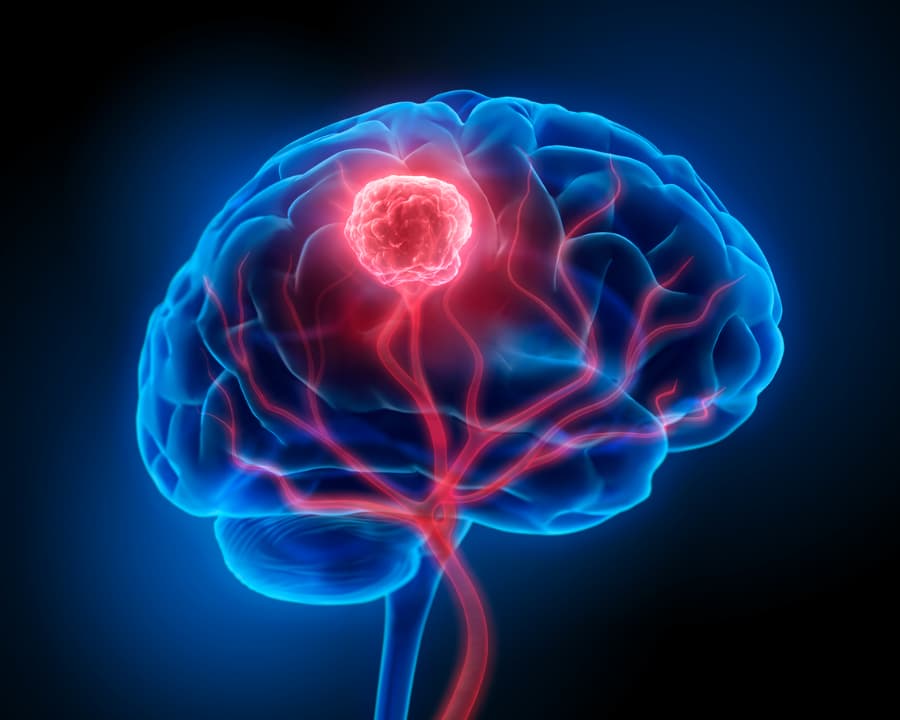Service Details

Brain Cancer
There are many risk factors for brain cancer, meaning patients may develop brain cancer for several reasons. For example, a family history of cancer can increase a patient’s risk of developing brain cancer. Radiation exposure is another factor that increases the risk of developing a brain tumor.
